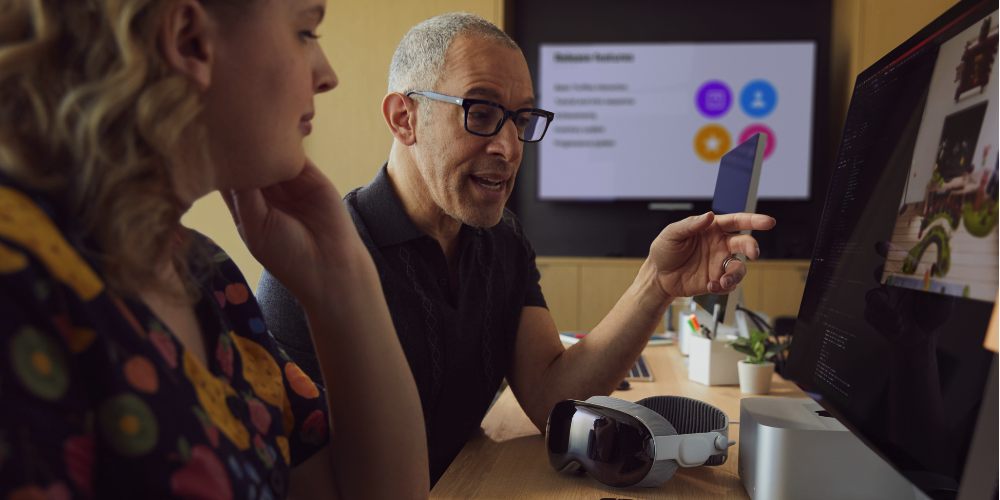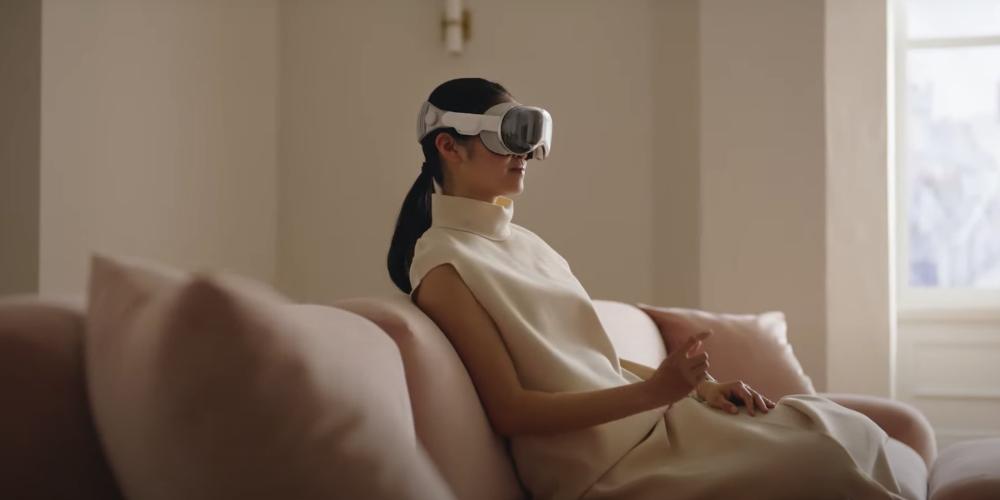Apple fans and enthusiasts are still waiting for one of the most revolutionary products introduced in the last decade, the Apple Vision Pro, scheduled to arrive in 2024, and as the months progress, more conversations are being generated around the device.
Weight challenge on Apple Vision Pro
The weight of the Apple Vision Pro has been a discussed topic in recent conversations about the device. According to the report, Apple is still working on improving the device’s case, with the hope that future models will be significantly lighter. In one of his newsletters, analyst Mark Gurman noted that the current model weighs about half a kilo, or about 0.42 kg, a number that has proven to be too large for some users, even in relatively short periods of use. Additionally, this weight appears to have caused neck discomfort, raising questions about the device’s comfort and practicality.
Fortunately, Apple did not stand idly by in the face of this problem or inconvenience that requires improvement. For the current model, they are considering a solution that includes an overhead strap for a better and more balanced grip. Although this solution can improve the wearing experience and relieve neck fatigue, it does not completely solve the weight issue by itself.
But what’s even more interesting is that Apple is taking weight into account as a deciding factor in future models. This indicates that they are committed to improving the user experience and overcoming this hurdle. good news!
Design of prescription glasses
Weight isn’t the only challenge Apple faces with the Vision Pro, the issue of comfort for people who wear glasses has also been raised. The first generation model is thin and is not compatible with glasses, instead relying on magnetic prescription lenses that must be installed before use.
While this solution may work for some users, it may present logistical complications in the future if Apple decides to offer a wider range of models with interchangeable lenses.
As Apple confronts these challenges with the Vision Pro’s weight and comfort, it must also consider the broader implications of its approach to wearable technology. Convenience and practicality are key to the devices’ widespread adoption, as are versatility and customization. The key to the success of the Apple Vision Pro, without a doubt, depends on all these factors.
Despite these obstacles, Apple seems committed to overcoming them and improving the user experience in future models. Apple’s future in augmented reality is uncertain, but one thing is certain: the company is ready to take on the challenges to continue driving technological innovation. We will pay attention to how this story develops in the coming months and years.

“Creator. Troublemaker. Hardcore alcohol lover. Web evangelist. Extreme pop culture practitioner. Devoted zombie scholar. Avid introvert.”


